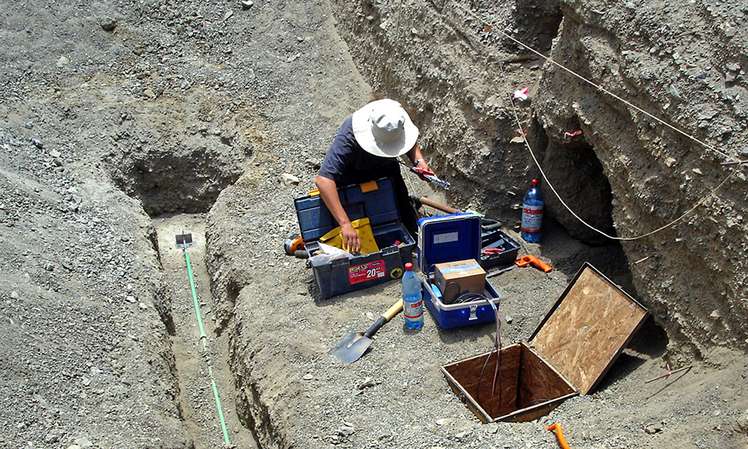Earth System Observatories (Regional Observatories)
Contact:
Web:
Infrastructure belongs to:
- Section 1.2 Global Geomonitoring and Gravity Field
- Section 1.4 Remote Sensing and Geoinformatics
- Section 2.1 Physics of Earthquakes and Volcanoes
- Section 2.2 Geophysical Imaging
- Section 4.1 Lithosphere Dynamics
- Section 4.2 Geomechanics and Scientific Drilling
- Section 4.4 Hydrology
- Section 4.6 Geomorphology
Our observatories are a key instrument for a comprehensive understanding of the system Earth. The combination of monitoring programmes and observatories allows for an observation of the processes shaping the Earth system from a local to a global scale. Our main focus is on identifying and analysing natural hazards and observing the impacts of global climate change. We are running two types of observatories. On the one hand those with an instrumental focus on only one type of signal but with a global coverage, on the other hand the regional Earth System Observatories.
The Earth System Observatories combine an instrumental time axis with geological long-term observations. They focus on coupled processes and many signals and are run by a cooperation of several GFZ sections. The form the backbone of our research activities and are optimally suited for a systemic study of coupled Earth processes and their impact on the human habitat.
Categories
Data Types
Disciplinary Keywords
Relationships
- has part
- CVO - Central European Volcanic Province Observatory
- Focus sites: Etna and Southern Italy Volcanoes
- GCOCA - Global Change Observatory Central Asia
- GONAF - Geophysical Observatory at The North Anatolian Fault
- IPOC - Integrated Plate Boundary Observatory Chile
- SMARTIES - Supercritical fluids and MAgma Reconnaissance for Transformative Iceland Energy Solutions
- TERENO-NE - Northeastern German Lowland Observatory
- TESO - Taroko Earth Surface Observatory
